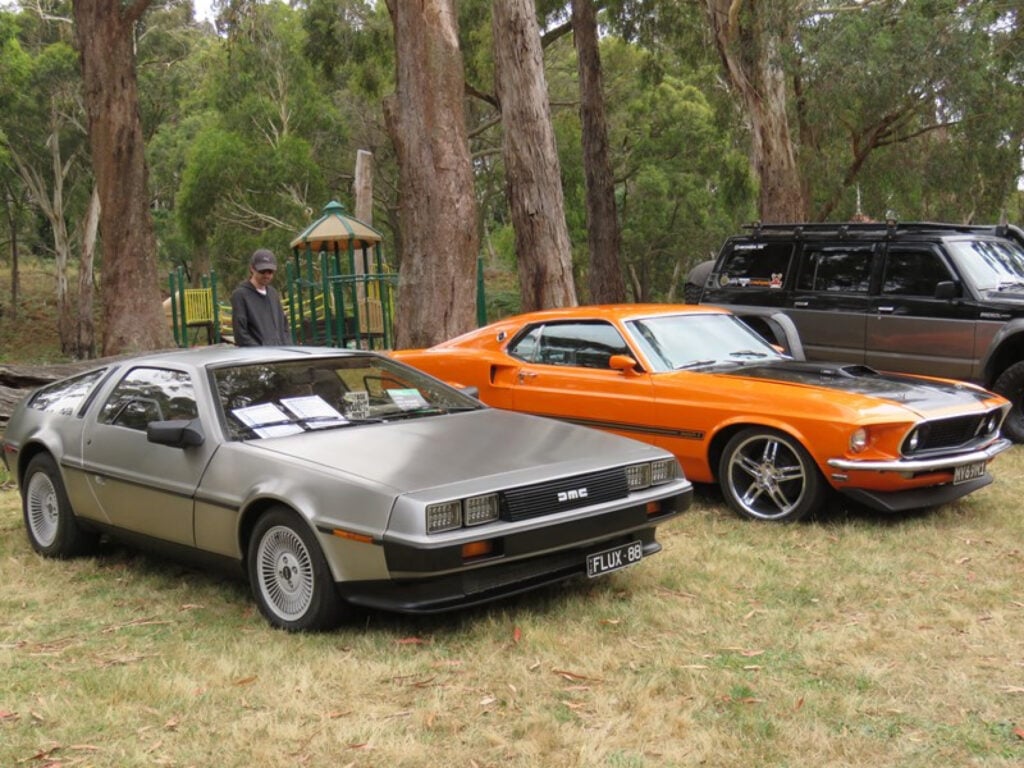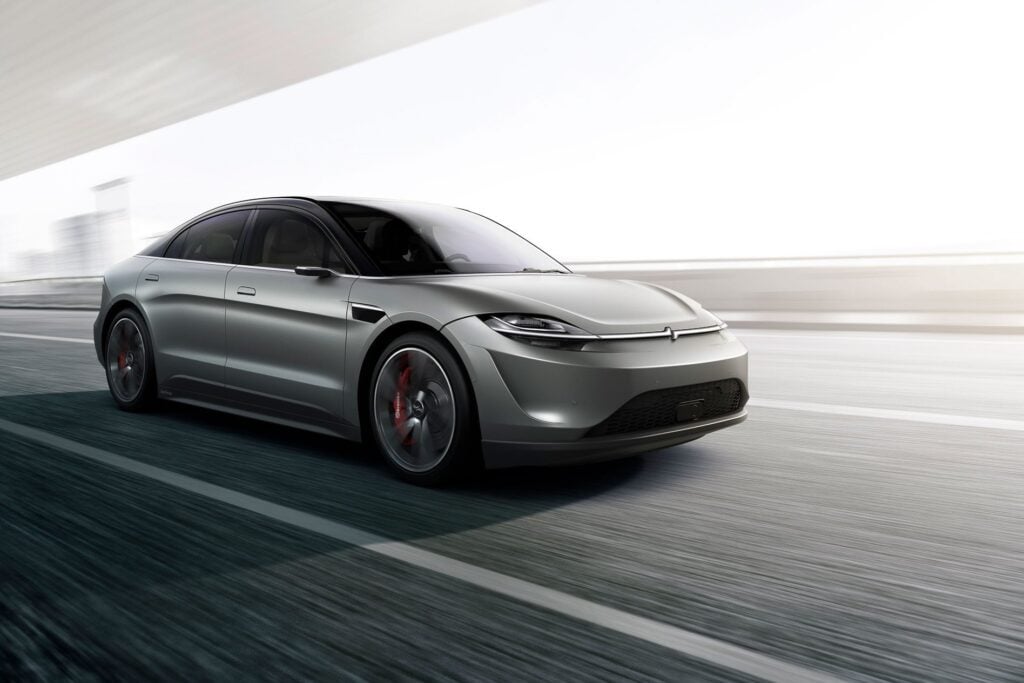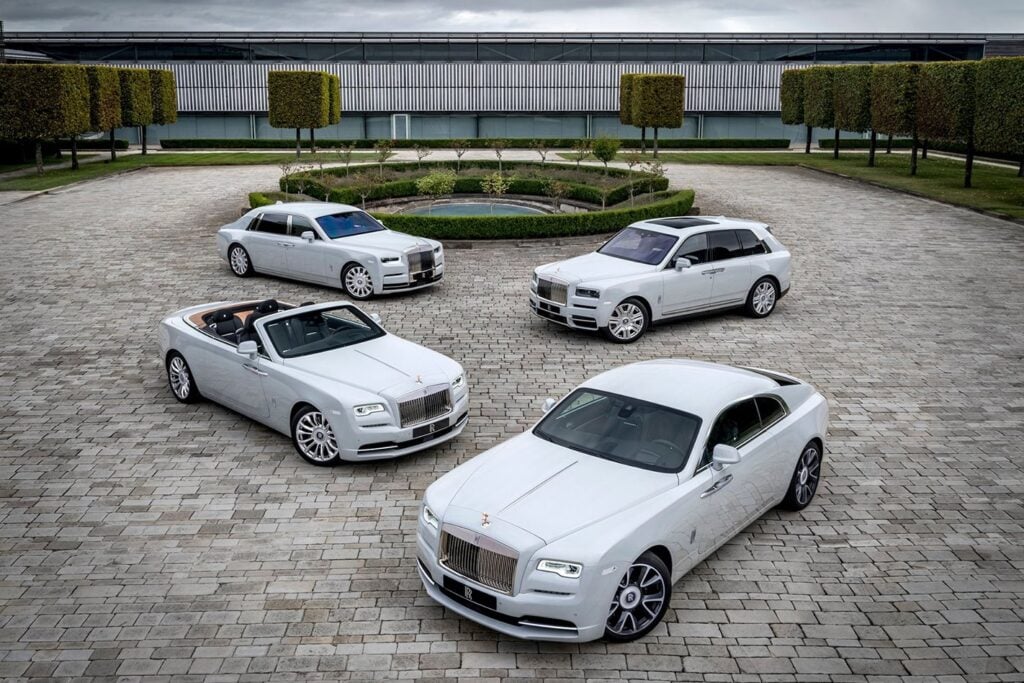
It was hard to believe that sportscar maker Porsche would join the emerging luxury large SUV market in 2002, but the Cayenne proved that it was possible to inject some typical high-performance DNA into a high-riding family wagon.
Now in its third generation, the Cayenne continues to break new ground in the realm of driver-focused all-terrain vehicles, as well as offering a practical five-seat solution for the well-heeled. Here are a handful of the 2019 Porsche Cayenne’s defining features.
1. Braking news

Standard fitment on the Turbo are Porsche’s new Surface Coated Brakes, which use highly specialised tungsten carbide-plated brake rotors in place of conventional cast iron versions.
The extremely hard coating makes the discs more resistant to wear and extends service life, but also increases the temperature resistance of the rotor, preventing ‘brake fade’ during hard driving. The condition is when the discs cannot absorb any more heat and braking efficiency starts to decrease.
As part of the package, brake callipers are upgraded to mighty ten-piston versions and after a few thousand kilometres, the discs polish to an attractive mirror finish. Finally, tungsten coated discs won’t rust when left unused for extended periods.
2. High-achieving twins

All three variants of the Cayenne use turbocharged engines, but the Turbo is awarded the famous moniker as it represents the very pinnacle of power in the range. Under its bonnet you’ll find a 4.0-litre V8 with two turbos that pump maximum power up to 404kW.
Unlike many other twin-turbo V-engines that position the turbos outside the main engine mass, the Porsche’s turbos are tucked away in the centre of the block, in a void called the valley.
The radical design change makes the engine more compact and enables each turbo to reach maximum efficiency faster. Porsche says its V8 suffers less from so-called ‘turbo lag’ – the delay a turbocharged engine experiences between pressing the accelerator and the production of full power.
3. Air force

Active aerodynamics are not new to supercars and very high-end sportscars, but the clever idea of moving spoilers and fins have not been applied to an SUV until now.
At the Cayenne Turbo’s tail, a roof mounted spoiler is hidden away at low speeds but as the car accelerates, the spoiler automatically extends to force the rear wheels into the road for greater stability. It also opens fully under hard braking to help slow the vehicle similar to aeroplane wing brakes.
As a bonus feature, if the panoramic sunroof is open at speed, the spoiler will rise to a small angle according to speed, which corrects the turbulence caused by the opening and minimises cabin disruption.
4. Weighting game

In its third generation, the Cayenne has grown. It now measures 63mm longer, which has freed up extra space for luggage and occupants, but thanks to more advanced construction, it has lost weight too.
Its outer shell is made exclusively from aluminium, lightweight recycled plastics are more extensively used in low-stress applications, and a lithium-ion battery replaces conventional lead-acid versions for a 10kg saving.
The result is a Cayenne that has lost up to 65kg over the previous model and rolls about 225kg lighter than the first-generation.
5. Now rows from the back
Despite a larger cabin and load area, the new Cayenne is not available as a seven seater, and Porsche’s decision to maintain its five-seat capacity comes down to a matter of performance.
To accommodate an extra row of seating, the designers would have needed to extend the wheelbase but that, says Porsche, would have compromised driving dynamics. Instead, the Cayenne has room for just five, but preferences performance – as a Porsche should.
6. Wheel deal

More sportscar calling cards can be found in the Cayenne’s wheels. Rims measuring up to 21 inches are standard on the Turbo, representing the largest to date for the model, but the width of rubber differs from front axle to rear – another first for the model.
With tyres measuring 11 inches wide on the rear axle and a narrower 9.5 inches at the front, the Cayenne Turbo has more traction for the back wheels, which allows the clever four-wheel drive system to send power to the tail end a majority of the time, improving handling.
The uneven width tyre layout is a chassis design feature that has been employed on Porsche coupes and convertibles for decades. It’s complemented by a new rear-wheel steering system, which allows the rear wheels to steer a small angle, which enhances stability at high speed and manoeuvrability at lower speeds.




